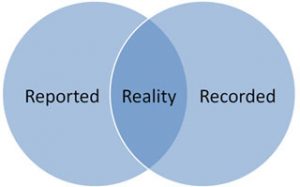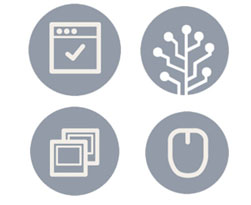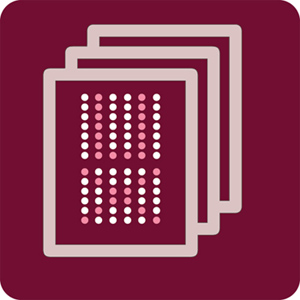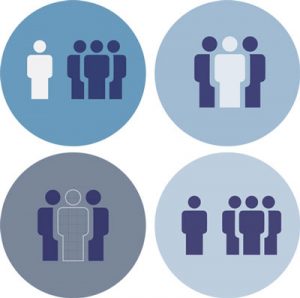Topics
Topics

7 Methods for Discovering Usability Problems
Finding and fixing usability problems in an interface leads to a better user experience. We often think of usability testing as the only method for evaluating the usability of a website or application. There are, however, other methods that can help uncover usability problems. These methods can be broken down into empirical (usability testing, surveys,

Top 10 UX Metrics, Methods & Measurement Articles from 2015
It was another busy year on MeasuringU.com with 49 new articles, a new book and UX Bootcamp. In 2015, our articles were served up 2.3 million times to 900,000 visitors. Thank You! We covered topics including the essentials of usability testing, finding the right sample size, and better ways of measuring the customer experience. Here,

Are you conducting a Heuristic Evaluation or an Expert Review?
It’s been 25 years since the development of the Heuristic Evaluation—one of the most influential usability evaluation methods. It’s cited as one of the most-used methods by practitioners. Yet its co-creator, Rolf Molich, had recently said it was “99% bad.” To understand what would drive such a comment, you need to understand the history and

How Reliable Are Self-Reported Task Completion Rates?
Did you do that task correctly? Unmoderated testing provides many benefits. The most notable of which is the ability to collect metrics from a large and geographically diverse sample of participants quickly. A common metric collected in usability tests is the task completion rate. It’s often called the fundamental usability metric because if users can’t complete

5 Advanced Stats Techniques & When to Use Them
To answer most user-research questions fundamental statistical techniques like confidence intervals, t-tests, and 2 proportion tests will do the trick. But to answer some questions most effectively you need to use more advanced techniques. Each of these techniques requires specialized software (e.g., SPSS, Minitab, R) and training on how to set up and interpret the

Picking the Right Methods to Improve Navigation
Despite improvements in search technology, most users still take a browse-first approach to finding products and information on websites. That makes navigation important, not only on websites but also in mobile apps, operating systems, and the various devices we interact with. Navigation remains an essential method to find products, information, and functions. If users can’t

Using Surveys to Measure the User Experience
The best way to measure the user experience is by observing real users attempting realistic tasks. This is best done through a usability test or direct observation of users. You may not always be able to do so though because of limitations in time, costs, availability of products, or difficulty in finding qualified users. Many large

The Importance of Evaluating UX
Maybe you’ve seen the ketchup bottles. It’s been a popular meme on LinkedIn. The bottles are intended to be a clever way to explain the difference between UI (user interface) and UX (user experience). The classic bottle of ketchup is the user interface. The ketchup bottle introduced in 2002 with its characteristic inverted bottle and
Picking the Right Data Collection Method
There’s no shortage of methods available to the UX researcher. The methods can generate both qualitative and quantitative data–and many of them complement each other. A mixed-methods approach that combines qualitative and quantitative methods gives you a better picture of both the frequency or “how much” and the reasoning or “why” behind the numbers better

4 Types of Observational Research
Observation is a key data collection technique for UX research. Observational research typically happens in the users’ home, workplace, or natural environment and not in a lab or controlled setting. With this research, you can understand how people naturally interact with products and people and the challenges they face. It can provide inspiration and ideas

5 Types of Qualitative Methods
When we speak about a qualitative research study, it’s easy to think there is one kind. But just as with quantitative methods, there are actually many varieties of qualitative methods. Similar to the way you can group usability testing methods, there are also a number of ways to segment qualitative methods. A popular and helpful

10 Best Practices for Competitive UX Benchmarking
Conducting a benchmark study is an excellent way to understand the quality of the website user experience. Adding a competitive component makes the benchmarking effort even more valuable. Having a comparison makes interpreting the subsequent data you collect easier to understand as you can immediately see how good or bad the experience was relative to